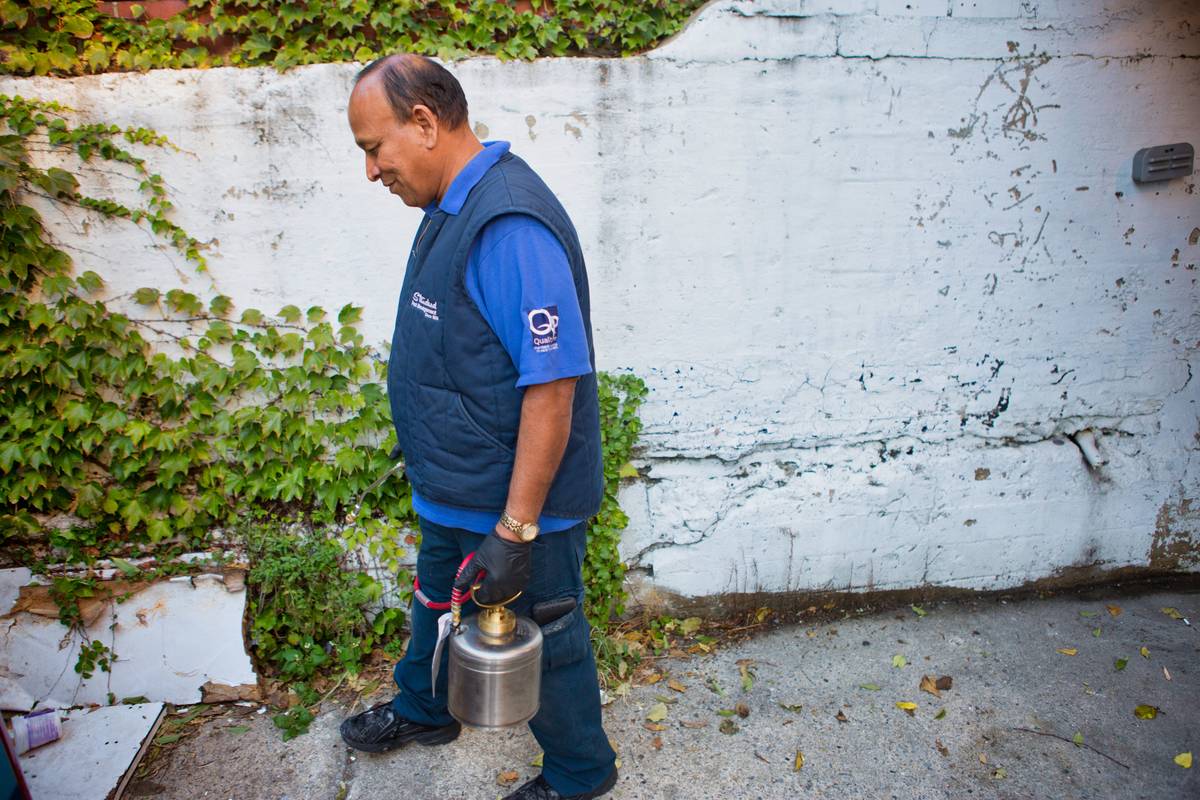


This year in part due to flash rains combined with high heat we have observed a not unanticipated seasonal increase in American roach, Periplaneta Americana, a.k.a. “water bug” activity. As a result of the sewer and catch basin flooding they head for high ground which in a number of cases are the various drain and vent pipes found throughout human dwelling spaces like homes, apartments and commercial areas. While Standard technicians can proactively treat through the use of effective baits, dusts and placement of monitor/apprehension traps they can sometimes bypass these defenses by traveling through the pipes and wall voids so exclusion becomes the first and perhaps most important step in staying pest free. Some key access points of these one to two inch pests that should be addressed are as follows:
Please note that when these large roaches do die they should be removed by staff ASAP and not left lying around or in light fixtures to promote that infested feeling.

Hi, My name is Josh Bloom. I'm proud to be Standard Pest Management's customer assurance provider. Besides helping to educate our customers on being proactive when it comes to pest management, I spend my days solving all kinds of bug or nuisance animal related issues. For me, this is a blast! If you have any questions about pests that might be a threat to you, feel free to drop us a line anytime. It's my goal and on a greater scale, Standard Pest Management; to be your number one partner in the war against pests.

Hi, My name is Josh Bloom. I'm proud to be Standard Pest Management's customer assurance provider. Besides helping to educate our customers on being proactive when it comes to pest management, I spend my days solving all kinds of bug or nuisance animal related issues.
For me, this is a blast! If you have any questions about pests that might be a threat to you, feel free to drop us a line anytime. It's my goal and on a greater scale, Standard Pest Management; to be your number one partner in the war against pests
Josh Bloom VP at Standard Pest Management
